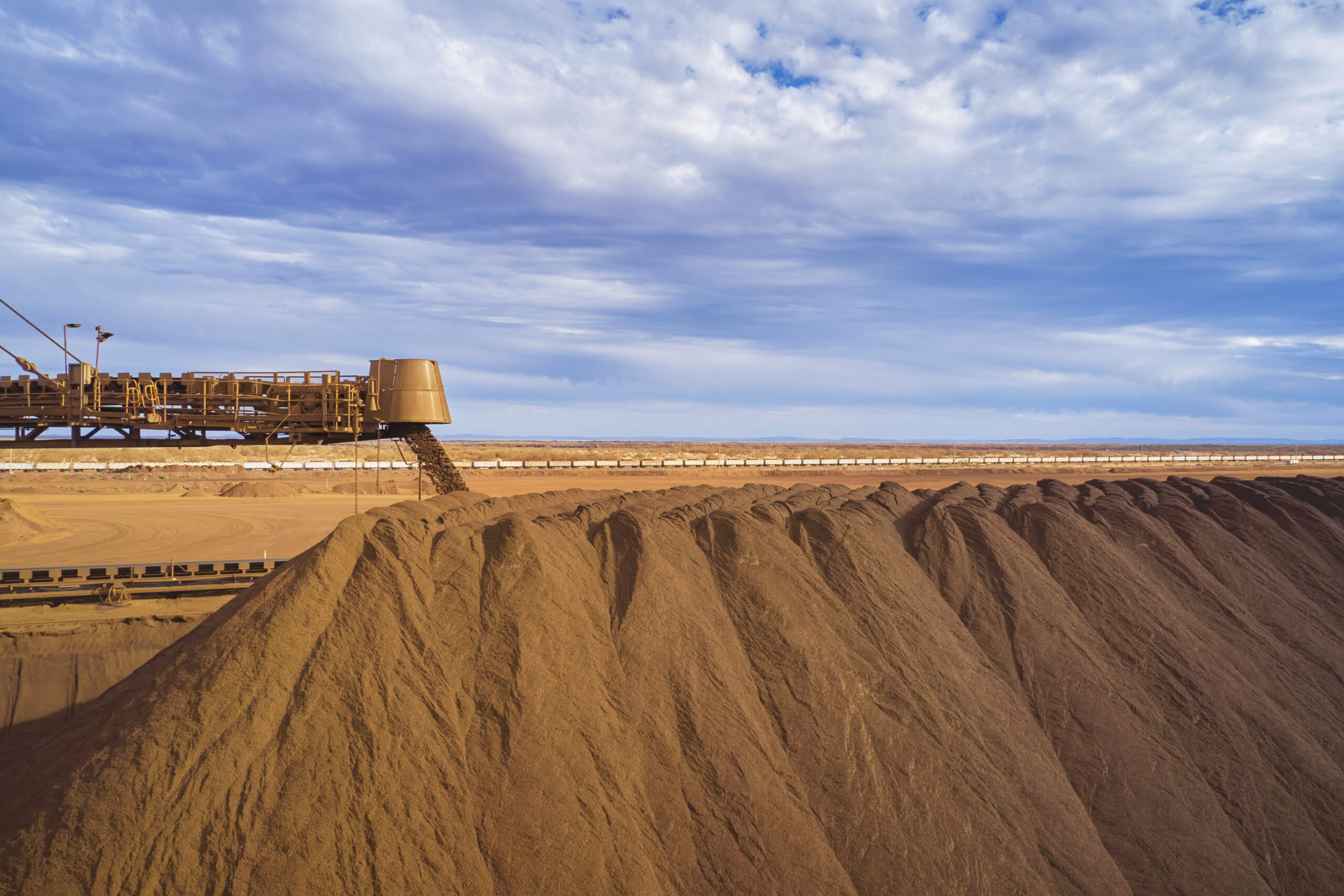Fortescue Future Industries (FFI), the clean energy arm of iron ore miner Fortescue Metals Group, has announced a major breakthrough in its green iron project.
FFI scientists have developed a new process that uses a bespoke electrolyzer and a membrane to reduce iron ore to green iron electrochemically using electrons, rather than hydrogen, which eliminates the need to make, store and compress hydrogen. The process also operates at a lower temperature and is more compatible with renewable energy than the traditional coking coal and blast furnace method of steel making, which accounts for around 10% of global emissions.
The technology is closely guarded. FFI Founder and Executive Chairman and iron ore billionaire Dr Andrew Forrest had said on February 15: “to give a clue to all our competitors out there, it uses a membrane and they’re going to have to come and talk to us if they want to borrow the membrane”.
When a JPMorgan analyst pressed for more information, Dr Forrest joked: “Look, that I could tell you, but then I’d have to kill you.”
FFI has come up with around 100 innovations to create the bespoke technology and is operating a pilot plant the size of three shipping containers at its site in Balcatta, Western Australia.
The Pilbara region is the ideal location for producing large-scale renewable energy that can be used to convert iron ore to green iron, according to Mark Hutchinson, CEO of Fortescue Future Industries. The process could involve selling the decarbonized chips to China.
The company has a goal of producing 100,000 tons of green iron by 2023.
Source: AFR
Image of Christmas Creek Mine, Pilbara: Fortescue Metals Group

